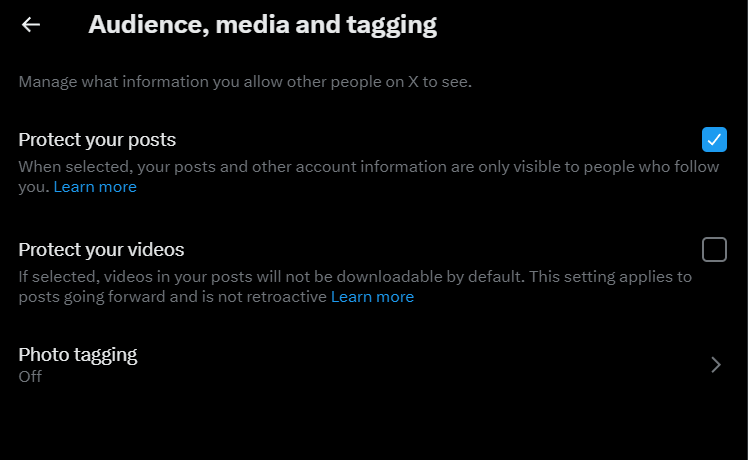Recent times have seen a noticeable increase in the number of scam links on Twitter aka X which are shared among users in general using a variety of strategies. Phishing scams are the most frequent scams via these scam links.
A common tactic used by scammers is to spread a link, which, when clicked by potential victims, takes them to a phony website asking for money or important personal and financial information.
Scammers can repeatedly take large sums of money from your bank accounts by using these details. It is therefore crucial to understand how to protect your money and stay away from clicking on fraudulent links on Twitter.
There are four strategies to recognize and avoid the ugly consequences of clicking on fraudulent links on Twitter.
Read: Bittrex Scam Text Messages
Jump To ⇢
1. Limit Your DMs
Through direct messages, scammers are one of the main ways that phishing URLs are spread on Twitter. In order to prevent receiving these kinds of phishing communications, you need to know how to customize your Twitter direct messages.
- Go to the “More” section on Twitter and then click on “Settings and Privacy”
- Then go to “Privacy and safety” and you will find a section “Direct Messages”
- After selecting “Direct Messages,” you may choose who on Twitter can send you a message request. You can also select “Filter low-quality messages” to limit requests to only legitimate accounts.

These are the most effective methods for removing pointless message requests from Twitter, where con artists frequently post phishing URLs.
Read: SVH Travel Review
2. Beware of Bots
Twitter bots frequently tag users repeatedly in an attempt to draw their attention to phishing links or advertisements that contain links to fraudulent websites. Though there isn’t a clear answer for this, the company is always working to cut down on bots.
The best method available at the moment is to ignore and block those bots if they are bothering you by tagging you repeatedly.

Additionally, you have the option to “Protect your posts” through settings, which will prevent anyone from tagging you. However, if you choose to do that, your reach will be compromised and your posts will only be accessible to your followers.
Read: Nelo Life Review
3. Don’t Click on Suspicious Links
A few warning signs can also help you spot phishing links on Twitter. It’s important to always double-check the domain of links that caught your eye on Twitter, as scammers sometimes utilize slightly altered or misspelled domains to appear real.
You can look for the images displayed on websites where they are redirected and in advertisements with phishing links. There is a good likelihood that there is a significant difference.
Furthermore, if you click on the link, make sure to browse through the website carefully because scammers frequently use well-known firms’ names and logos to copy their websites.
Additionally, you want to proofread those websites for grammatical issues and lack of information, as scammers frequently make such mistakes.
Read: 5 Tips for Secure Gaming via Browsers
4. Use Web Safety Checker
With only a few clicks, you can use our “Web Safety Checker” to evaluate any website or URL for free. It will provide you with a safety score that will enable you to determine a website’s dependability and use the internet with greater safety.
Use Web Safety Checker if you come across any links on Twitter that make you unsure if they are authentic or phishing attempts. If the safety score is high, you can use it; if it is low and red, there is a high probability that it is a phishing URL.
Read: Canada Post Scam Text Exposed!
5. Never Give Away Crucial Information
If you have clicked on such links out of pure curiosity, you should never give any sensitive information to those websites or send money to them if they exhibit any of the aforementioned warning signs.
By using your personal information, scammers can defraud you of a substantial sum of money.
Finally, we would like to recommend that you always use your search engine to go to the official website of any company instead of clicking on any dubious links in tweets or direct messages. Because search engines usually prioritize genuine websites over phony ones.
Read: Online Gaming Scams
